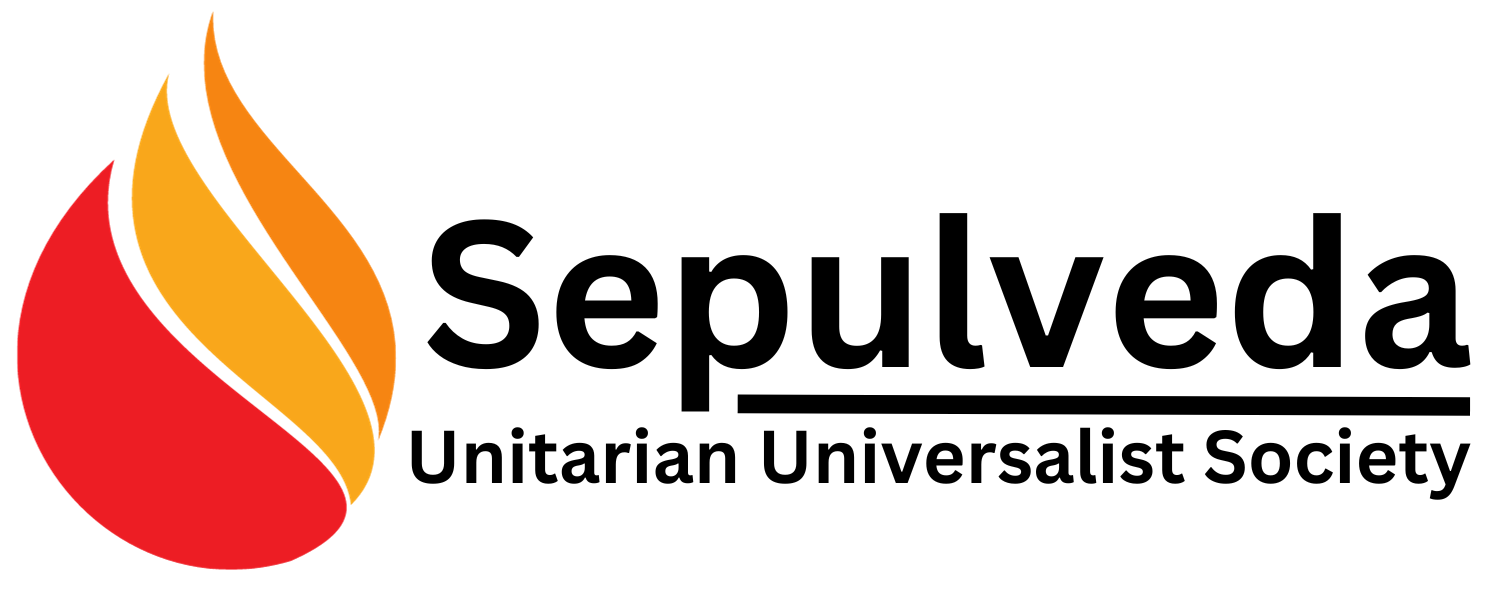Day 12: Addiction in Youth
Today we focus on addiction among youth. Addressing addiction in young people requires a proactive approach that includes prevention, early intervention, and ongoing support. By understanding the unique challenges faced by youth and equipping parents and caregivers with the right tools, we can foster healthier and safer environments for young people.
Understanding Addiction in Youth
Addiction among youth can manifest through various substances, including alcohol, marijuana, prescription drugs, and illicit drugs. The teenage years are a critical period of development, marked by experimentation and the search for identity, which can sometimes lead to risky behaviors and substance use. Additionally, mental health issues, peer pressure, and environmental factors can contribute to the development of addiction.
Preventive Measures
Prevention is key in addressing addiction among youth. Effective strategies include:
- Open Communication: Foster open and honest conversations about substance use and its risks. Creating a non-judgmental space where youth feel comfortable discussing their thoughts and experiences can help prevent experimentation and misuse.
- Education: Provide accurate and age-appropriate information about the effects of substances on the body and mind. Education should also address the impact of addiction on future goals, relationships, and overall well-being.
- Positive Activities: Encourage involvement in healthy activities such as sports, arts, and community service. Engaging in constructive and fulfilling activities can reduce the likelihood of turning to substances as a coping mechanism.
- Role Modeling: Demonstrate healthy behaviors and coping strategies. Youth are influenced by the actions and attitudes of the adults in their lives, so modeling positive behavior can have a significant impact.
- Supportive Environment: Create a supportive and stable home environment. Consistent rules, positive reinforcement, and emotional support can help youth navigate the challenges of adolescence without resorting to substance use.
Signs of Addiction in Youth
Recognizing the signs of addiction in youth can be challenging, as many behaviors can be part of normal teenage development. However, certain indicators may suggest substance use or addiction:
- Changes in Behavior: Noticeable changes in mood, energy levels, or behavior, such as increased secrecy, irritability, or withdrawal from family and friends.
- Academic Decline: A sudden drop in academic performance, lack of interest in school, or frequent absences.
- Physical Symptoms: Unexplained weight loss or gain, changes in sleep patterns, or frequent nosebleeds (which can be a sign of snorting drugs).
- Social Changes: Associating with a new group of friends, especially if those friends are known for substance use or risky behaviors.
- Neglected Responsibilities: A decline in responsibilities at home or in extracurricular activities, such as neglecting chores or skipping practices.
Resources for Parents and Caregivers
Supporting youth and addressing addiction requires access to resources and professional help. Here are some valuable resources for parents and caregivers:
- Partnership to End Addiction: This organization provides resources and support for families dealing with addiction. They offer guidance on how to talk to youth about substance use, as well as tools for finding treatment and support services.
- National Institute on Drug Abuse (NIDA): NIDA offers information on drug use and addiction specifically for parents, including prevention strategies, signs of substance use, and tips for talking with teens about drugs.
- Substance Abuse and Mental Health Services Administration (SAMHSA): SAMHSA provides resources for finding treatment and support services for youth. Their website includes a treatment locator and information on various prevention and intervention programs.
- The Trevor Project: For LGBTQ+ youth, The Trevor Project offers crisis intervention and suicide prevention services. Their resources include support for dealing with substance use and mental health challenges.
- Addiction Center: This organization provides information and resources for parents seeking help for their children. It includes guides on recognizing substance abuse, finding treatment options, and understanding the recovery process.
Perspectives on Youth and Addiction
We want to emphasize the worth and dignity of every person and the importance of fostering supportive, loving environments. Addressing addiction in youth aligns with our principles of justice and compassion, recognizing the need for prevention, support, and treatment that respects the individuality of each young person.
Today’s Reflection
As we reflect on addiction among youth, let us consider how we can better support and protect the young people in our lives. What steps can we take to create a more open and supportive environment for discussing substance use and mental health? How can we ensure that our communities are equipped to prevent and address addiction effectively?
Let us commit to being proactive in our approach to youth addiction, advocating for resources, support, and education that empower our young people to make healthy choices and seek help when needed.
Learn more about Partnership to End Addiction which provides resources and support for families dealing with addiction and offers guidance on how to talk to youth about substance use, as well as tools for finding treatment and support services.
We invite you to join us each day of October as we delve into these critical topics. Together, we can foster a culture of care, where we uplift one another and build a more compassionate world. Let this month be a time of healing, growth, and connection as we care for ourselves and others.
#UU #UUA #CelebrateDiversity #AddressingAddiction #BIPOC #FamilyCareGivers #MentalHealthAwareness #MentalHealthMatters #Queer #SuicidePrevention #Youth
Discover more from SepulvedaUU
Subscribe to get the latest posts sent to your email.
